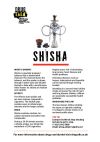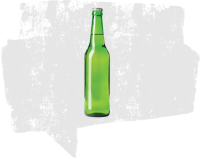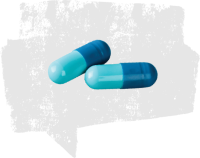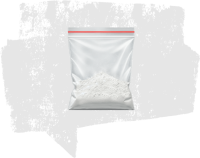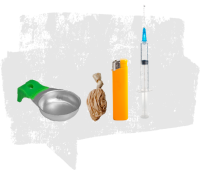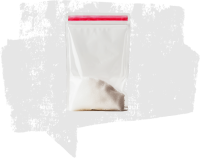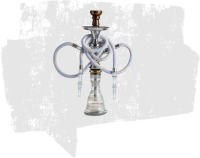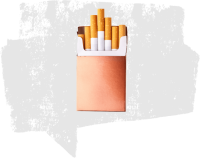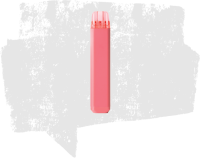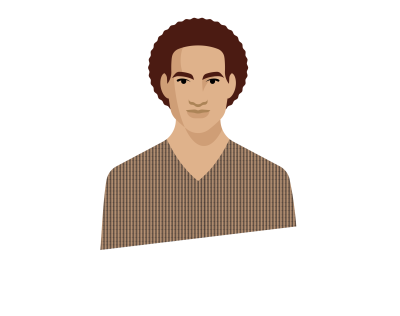

SHISHA, HOOKAH
Shisha is specially prepared tobacco that can be different flavours. The tobacco is heated to produce smoke that passes through a bowl of water and inhaled.
WHAT IS SHISHA AND HOOKAH?
Shisha is specially prepared tobacco that can be different flavours. The tobacco is heated to produce smoke that passes through a bowl of water and inhaled. Tobacco contains the stimulant drug nicotine.
Other names for shisha are hookah, narghile and waterpipe.
HOW IS SHISHA USED?
The tobacco is heated with charcoal. The charcoal burns the tobacco, and the smoke is drawn through a water bowl and inhaled through a tube with a mouth piece.
WHAT ARE THE EFFECTS?
The start very quickly but are more intense compared to cigarettes. This is because the hookah pipe enables users to inhale larger amounts and for longer periods. First time users often feel dizzy or sick.
Users will experience an increase in their heart rate and blood pressure. There is also a risk of carbon monoxide poisoning especially if shisha is used in an enclosed setting.
Regular smokers often say it helps them to concentrate, relax, deal with boredom and reduce anxiety. Shisha can suppress the appetite, so people often eat less.
Information available in over 100 languages
Drug Talk provides accessible drug and alcohol information for people from ethnic backgrounds living in Wirral.
Click the button at the bottom of the screen to read or listen in your preferred language.

IS SHISHA SAFER THAN CIGARETTES?
No, smoking shisha is not safer than smoking cigarettes. Many people think that drawing tobacco smoke through water makes shisha less harmful than cigarettes, but that’s not true. The water in the hookah cools the smoke, but it does not filter out the toxins in the smoke.
In a shisha session (lasting 20-80 minutes) a shisha smoker can inhale the same amount of smoke as a cigarette smoker consuming over 100 cigarettes. (British Heart Foundation)
WHAT ARE THE PROBLEMS WITH SHISHA?
Like cigarettes, shisha smoke is toxic. It contains nicotine, tar, carbon monoxide and heavy metals such as arsenic and lead.
Infectious diseases such as herpes, tuberculosis, hepatitis and respiratory infections can be spread through sharing hookah.
Regular users have a much greater risk of developing lung cancer, heart disease and circulatory problems.
Breathing in second-hand shisha tobacco smoke can increase the risk of heart disease, lung cancer and other lung diseases. It can also worsen asthma and bronchitis. Inhaling second-hand smoke is even more dangerous for children, making them more likely to suffer health problems such as bronchitis, pneumonia and asthma
Shisha during pregnancy can damage an unborn child. It can result in low birth weight and other complications.
Coughs, chest and breathing problems are common among smokers.
STOP SMOKING TIPS FOR SHISHA USERS
- Pick a quit date that will be stress-free.
- Write down all the reasons you want to quit. Keep the list handy and read it when the cravings start.
- Build a support network to give up shisha. Tell your friends and family that you have quit.
- Exercise even short walks can reduce cravings.
- Have healthy snacks and drinks to hand so you’re not tempted to smoke or reach for unhealthy treats.
- Avoid trigger situations should as places and people associated with shisha.
- Treat yourself with the money you have saved not buying cigarettes.
- Use stop smoking services – see below.
GETTING HELP TO STOP SMOKING IN WIRRAL
For help with stopping smoking, visit the Wirral Stop Smoking Service website.
SHISHA AND THE LAW
The law classes shisha smoking the same as cigarette smoking. It is illegal to smoke shisha in an enclosed public space or a space that's mostly enclosed. To smoke in any public premises with a roof at least half the wall space must be open.

